Hatch Guide: Midwest Hendricksons
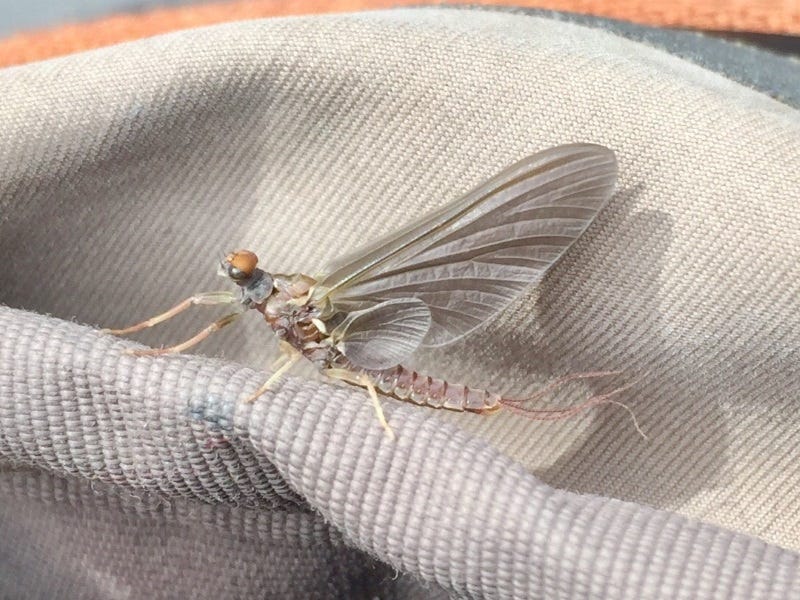
By Brian Kozminski
photos by Kevin Jozwiak
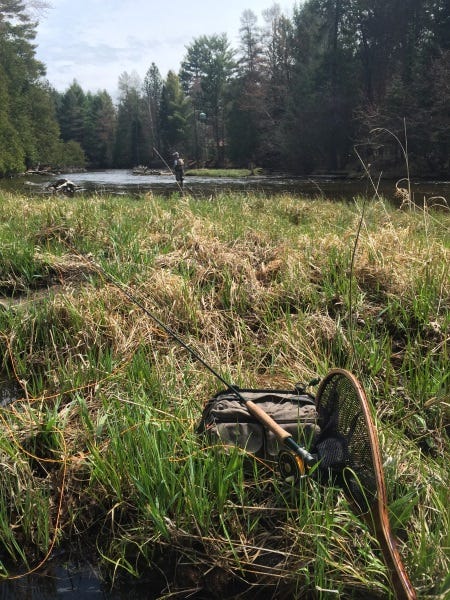
Anxiety. It's a nervous wrecking ball inside me. Tonight it’s gut-wrenching, and won't allow me to sleep. It's been months since I’ve seen a bug hatch, seen one wriggle free for a trout to eat.
There’s still some white stuff on the southern ridges. But the forecast calls for mid-fifties next week and daylight gains each day. Right now, on the cusp of vernal equinox, I can only tie so many more flies, and ready my gear so many times—I need to cast a dry fly. Then I can sleep.
Over the past few months I have filled my fly boxes with the essential patterns to get me through the season, starting with those to match the long awaited arrival of the Hendrickson, Ephemerella subvaria, which occurs, typically, in late April or early May.

The length and severity of winter predicates when this hatch might arrive. More snow, longer melt times and higher cold water may push this hatch into May, while a proper winter may have hatch times more aligned with Michigan’s annual trout opener, which occurs the last Saturday in April. The length of the hatch can be as short as half hour each day, or extend to a couple hours, depending on temperature and humidity. The entire hatch can last from one week to almost three weeks depending on how far north you are.
I have seen Hendricksons hatch in snow squalls and on sunny days, but they prefer cloudy afternoons and mild temperatures. These bugs may bring a few decent trout to your net, but don't get disappointed if you don’t land couple 20-inch browns—those big guys are still in streamer mode and this hatch isn't very desirable to them; be happy with a healthy 12-to 14- inch fish that has endured winter and is willing to join you for the arrival of another promising dry-fly season.
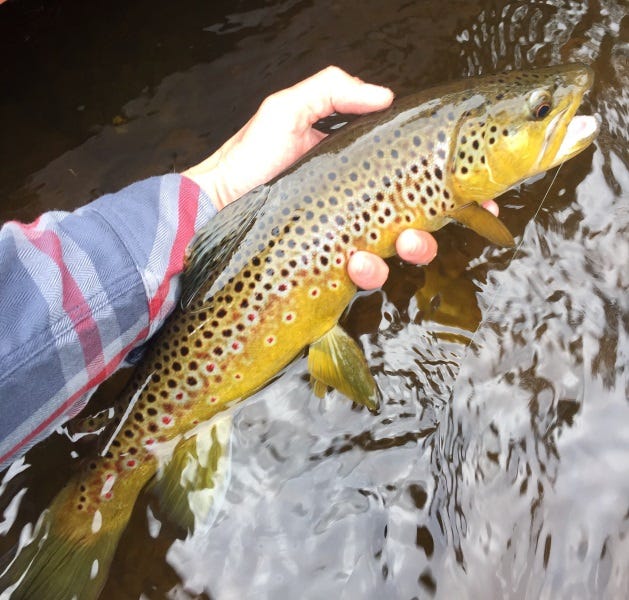
Although the Hendrickson is smaller than mayflies that emerge later in the season, this is a significant hatch any dedicated angler will be thinking about—and possibly losing sleep over—as winter wanes. The Midwest’s first mayfly party of the season stretches from the New England coast to Pennsylvania, and throughout the upper Midwest, including Ohio, Indiana, Michigan, Minnesota, Iowa and Wisconsin.
The nymphs live in swift streams with gravel beds. Hendrickson are a highly sensitive mayfly that does not tolerate pollution. They are crawlers and by nature lack a deft ability to swim. They often move to slowish water prior to emergence. Biologists have noticed a peculiar behavior in these dark and light-banded mini mayflies—they dart from substrate to the surface in a practice run methodology, prior to the actual hatch.
So, how do you approach those tests swims? Dead drifting a #14 Pheasant Tail, a bead-head olive Hare’s-Ear or a green Copper John can be effective while waiting for the daily emergence.
When heading to the river, be sure to carry a few Comparaduns and crippled or stillborn imitations. The hatch may only last for an hour—longer if you have clouds and precipitation—but the trout key on the emergers first, then snack on stillborns. After an hour of gorging, the trout may seem to stop or slow in feeding. At this time they are actually looking for the egg-sacked and nutrient-rich spent females, which have the bonus of caviar. When this happens, tie on a spent pattern with a soft orange/yellow abdomen to match. There is debate on whether the female ova-deposits while in flight or at contact with the water. Either way, prepare yourself with flies to match male and female spent Hendricksons.
Some of the flies I generally use to match Hendricksons are Bear's Clear-Wing Rusty Spinner, a Potter's Laid Back Dun, a Sproat Emerger, and Ed McCoy’s Hendrickson Emerger. When in doubt, use an emerger—more often than not larger, selective fish take advantage of the struggling fly versus chasing a nymph or a dun.
Some of the classic flies still work and you’ll find many anglers wandering the banks with a solid selection of Red Quills, Beaverkills, Lady Beaverkills, and Whirling Duns. Even a Borchers Drake serves well during a hatch.
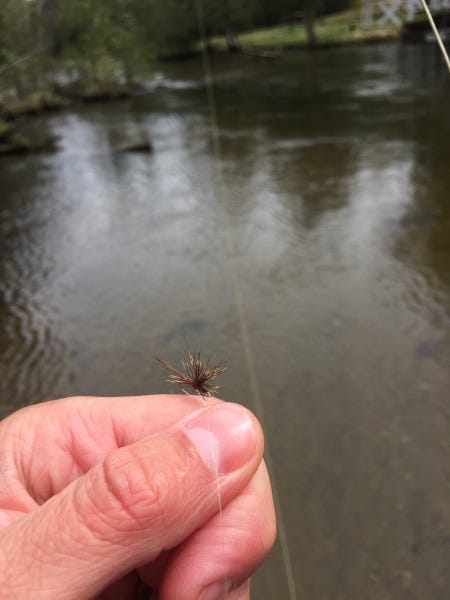
No matter which flies you throw, this hatch is an event. A few years back I fished with some men who met annually, for a week, just after the opener. We would pair up, grab our canoes, head out to a variety of small waters and seek answers in the riffles below small budding willows and green cedars.
Once, we rounded one of our favorite bends and came upon a series of rising trout. Weather was in our favor, meaning partly cloudy skies and air temps near the 60-degree mark.
After we netted a dozen or more fish we hopped in our canoe and progressed downriver, while noticing the aroma of burning leaves in the air. The aroma grew stronger and was intermingled with fresh earth. We dismissed the alarm, thinking this must be a campfire.
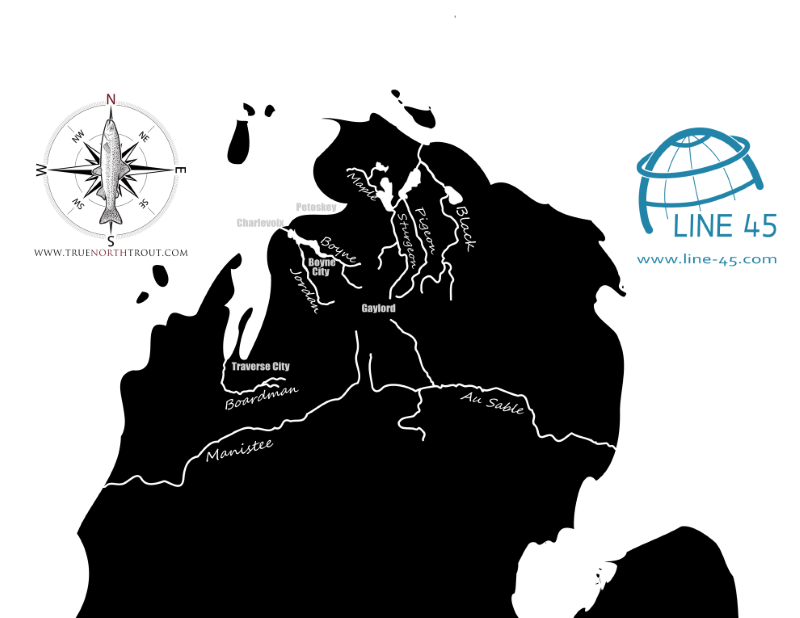
Then the skies grew cloudier and the bugs came off en masse. On cloudy days duns drift longer while their wings dry. This makes them an easy target for trout. A perfect day. I paused and enjoyed a cup of fresh-brewed coffee on the riverbank and took a deep breath. This was reward for shoveling the driveway and not seeing a bug for a few months.
At the end of the day, when were loading canoes on our vehicles, we heard sirens in the distance and watched the skies fill with smoke.
Driving out on a dusty two-track, we met firemen trenching a fire break in the jackpine forest. We could see flames licking at the sky. A careless campfire started a blaze that engulfed hundreds of acres on the banks the North Branch that spring. After seeing that, I was even more thankful for treasured moments we get fishing Hendricksons in this wild habitat.
